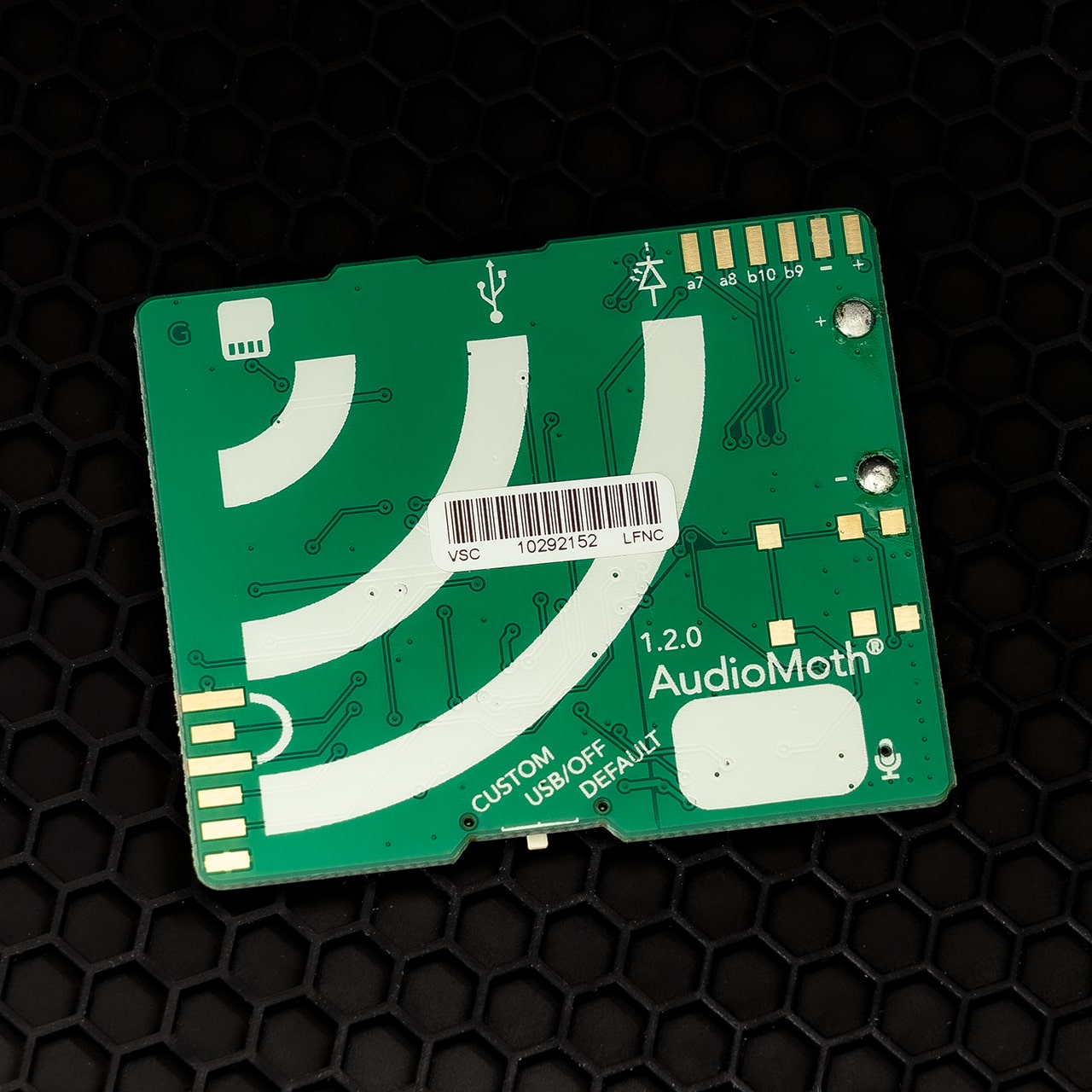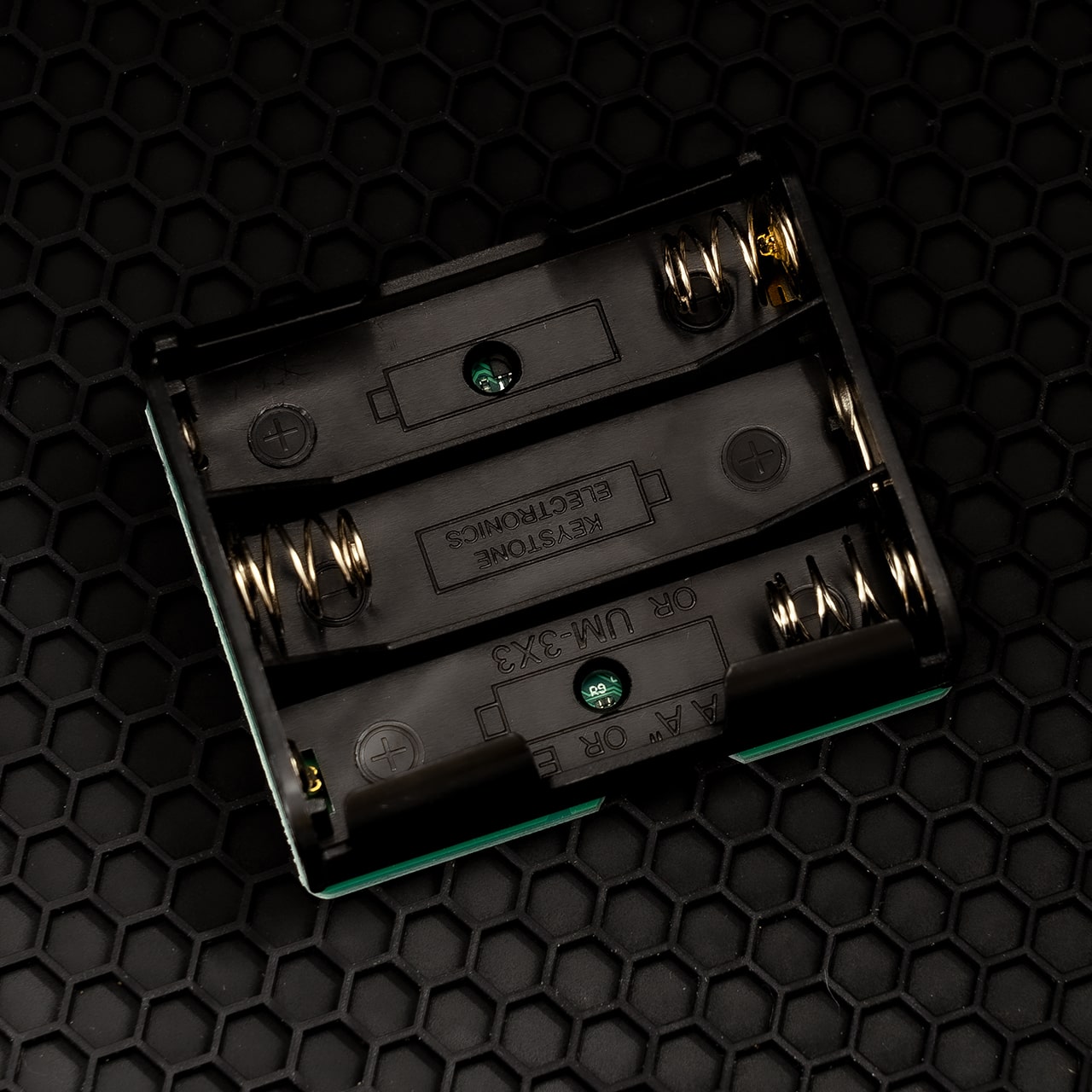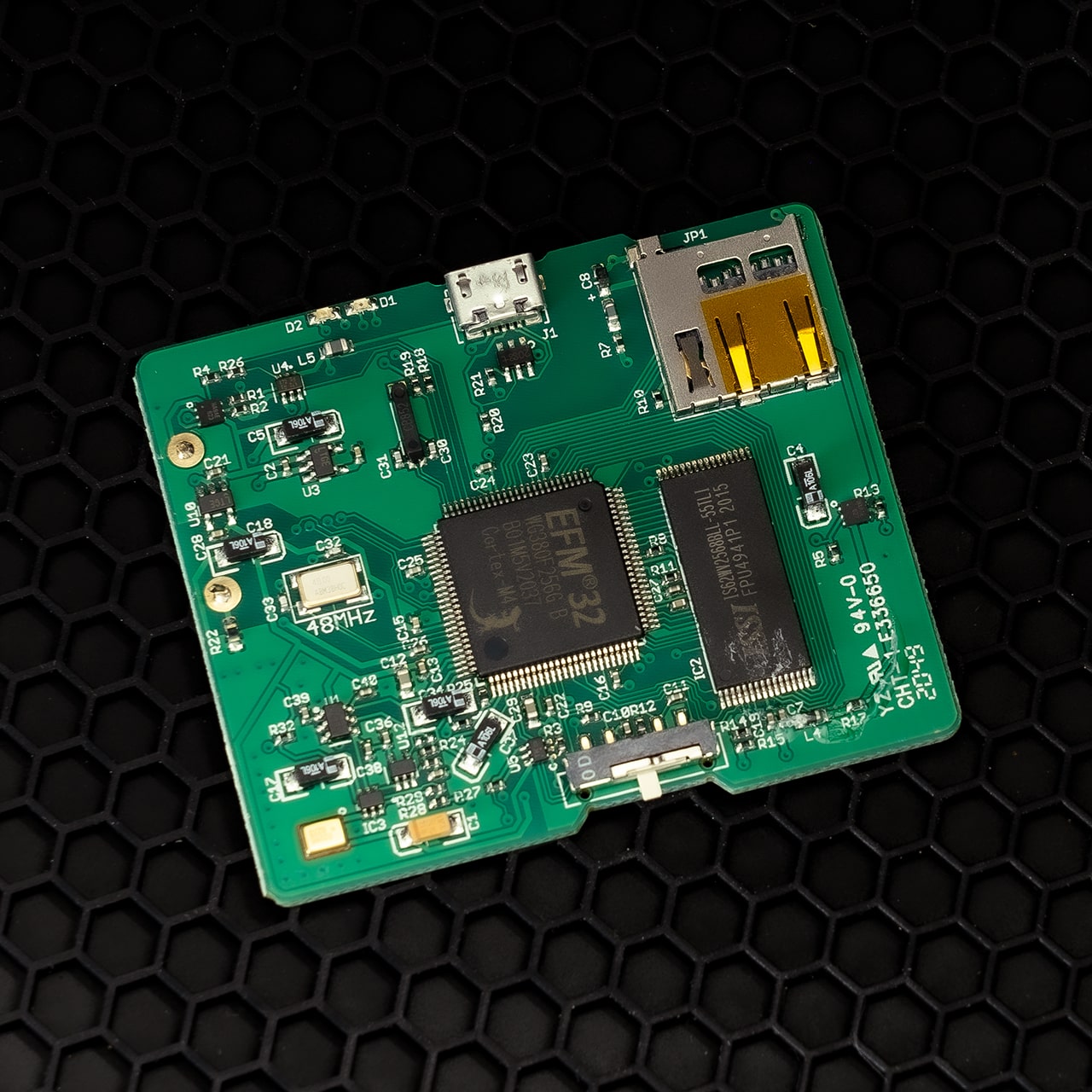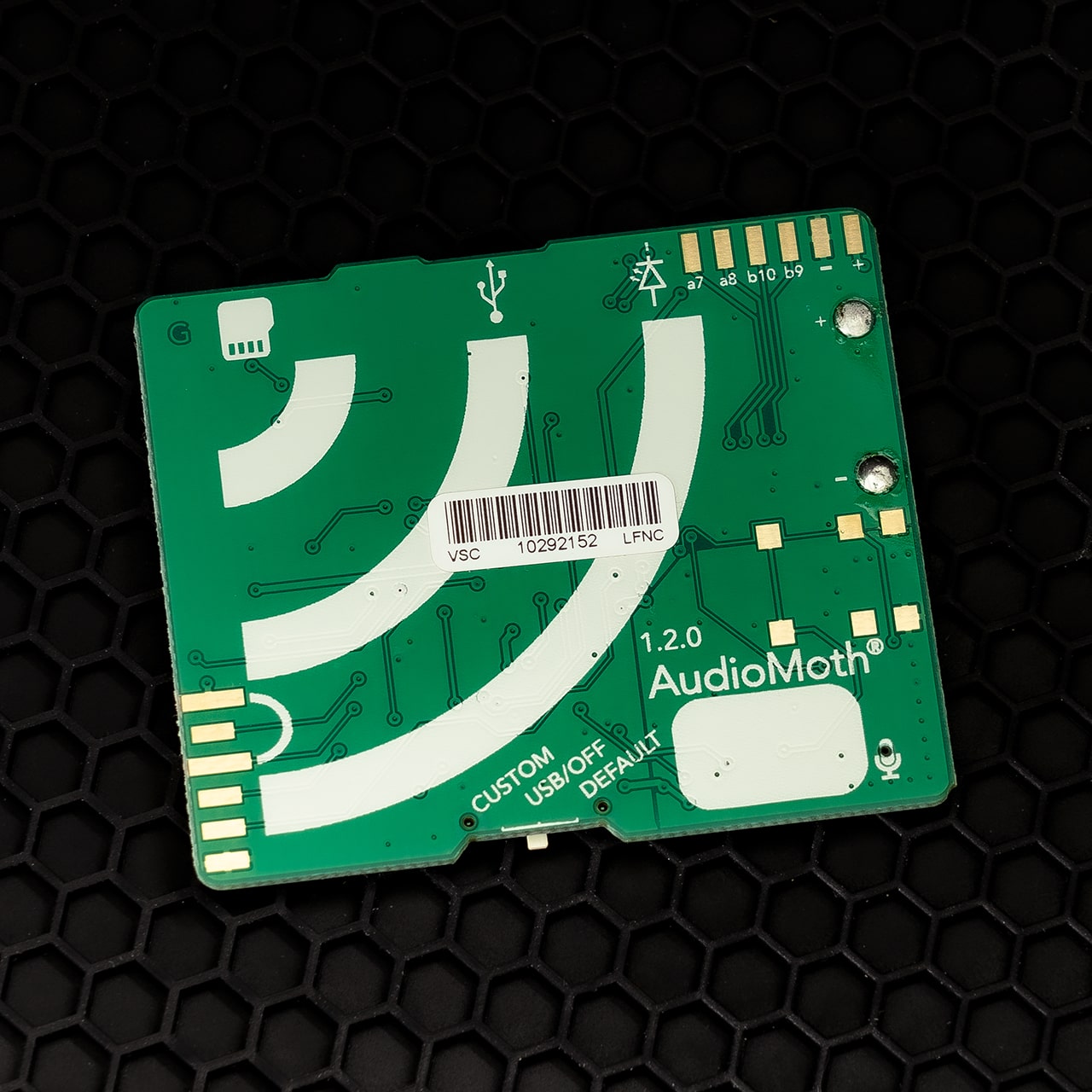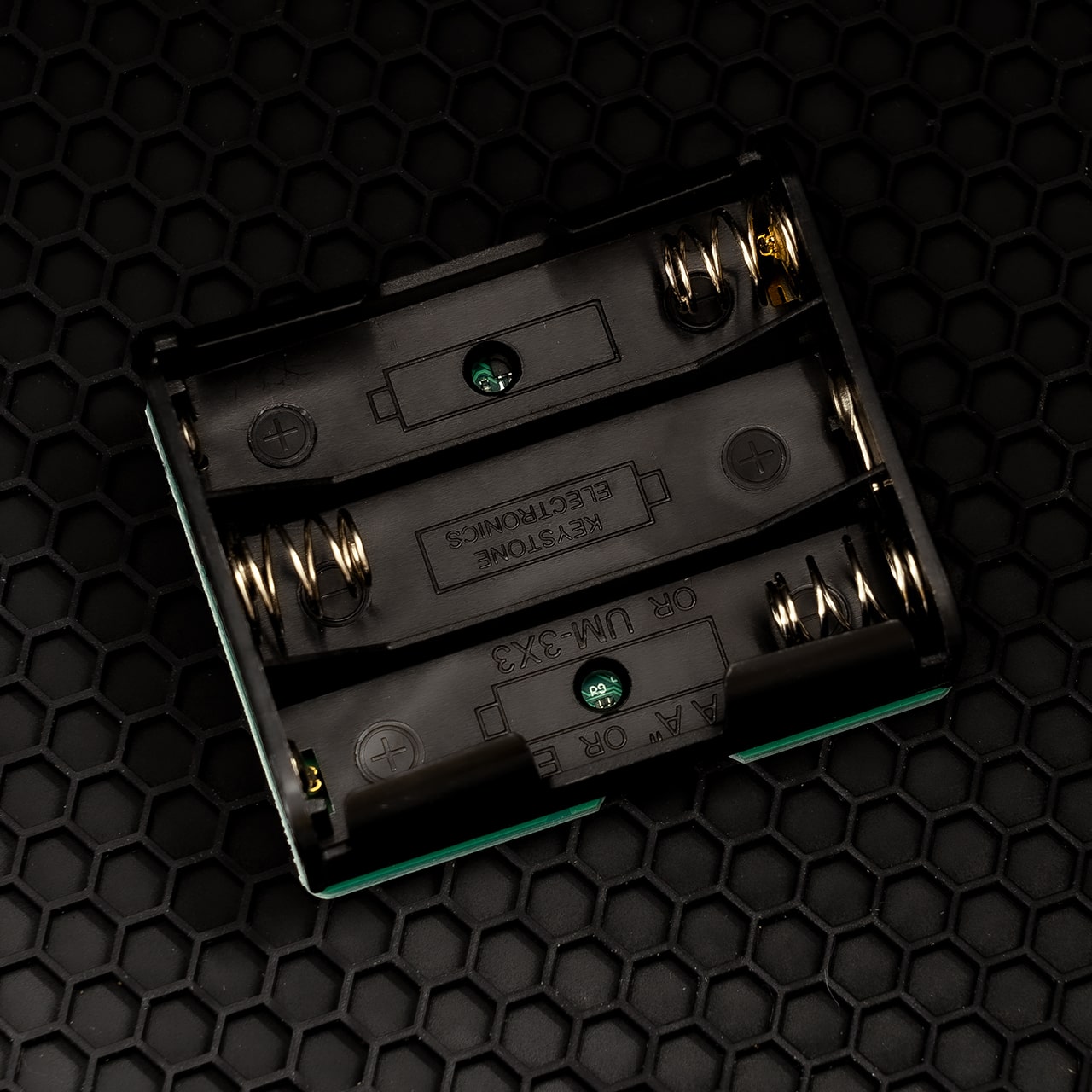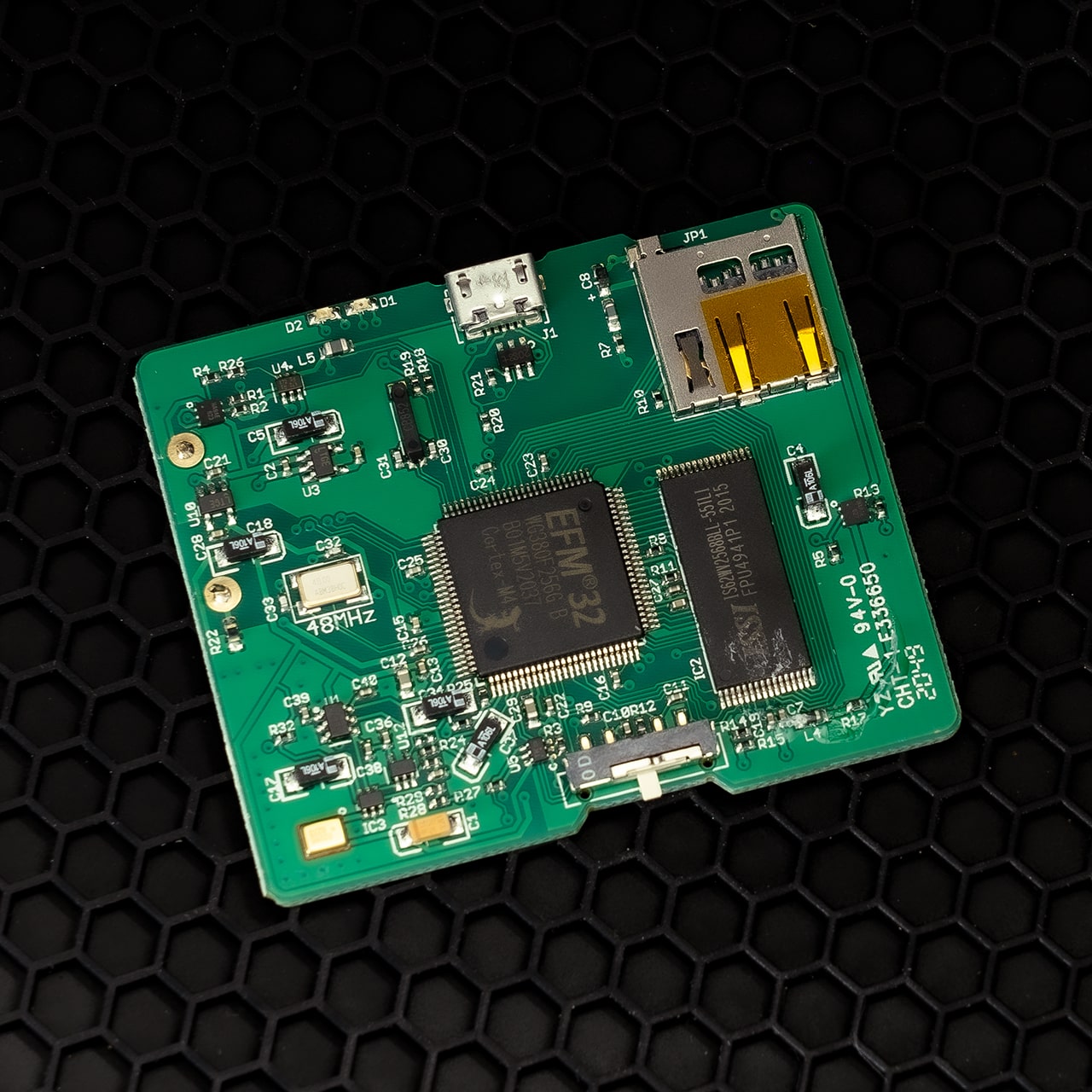Open Acoustic Devices
Audiomoth v1.2.0 (Group Order - Round 29)
Audiomoth v1.2.0 (Group Order - Round 29)
AudioMoth is a low-cost, full-spectrum acoustic logger, based on the Gecko processor range from Silicon Labs. Just like its namesake the moth, AudioMoth can listen at audible frequencies, well into ultrasonic frequencies.
SKU:
Couldn't load pickup availability
AudioMoth is a low-cost, full-spectrum acoustic logger, based on the Gecko processor range from Silicon Labs. Just like its namesake the moth, AudioMoth can listen at audible frequencies, well into ultrasonic frequencies. It is capable of recording uncompressed audio to microSD card at rates from 8,000 to 384,000 samples per second.

The AudioMoth's in this group buy are In Stock and will ship soon after you place your order! We only have a limited number of these available so get one before we sell out.
Features
- EFM32 Gecko processor
- Capable of recording at sample rates up to 384kHz
- Records uncompressed WAV files to microSD card
- Powered by 3 x AA batteries
- Analog MEMS microphone
- Analog pre-amplifier with adjustable gain
- Measures just 58 x 48 x 15 mm
- Configurable USB interface
- Onboard real-time clock keeps track of time in UTC
- Exposed header for 3.5mm jack mic from version 1.2.0 onwards

Includes
1 x Audiomoth
Resources
Find all instructions, guides, and downloads on Open Acoustic Devices Website
AudioMoth vs. HydroMoth
| AudioMoth | HydroMoth | Notes | |
| Conformal Coating | No | Yes | Decreases the chance of water damage |
| Magnetic Switch | No | Yes | Enables recordings to be started and stopped in wet conditions without opening the case. |
| Clock | Standard | Improved 32.768 kHz MEMS oscillator to reduce clock drift | |
| Status LED Location | Standard Location | In the corner for improved visibility in clear case | |
| External Microphone Compatibility | Exposed Headers for Optional 3.5mm jack | No | Exposed headers on AudioMoth 1.2.0 onwards |
| GPIO Pads | Yes | No | |
| Underwater Recordings | Yes (not recommended) if used with Clear Underwater Case | Yes if used with Clear Underwater Case | |
| Terrestrial Recordings | Yes | Yes (not using clear underwater case) | Without a case or using the green AudioMoth case |
| Sample Rate | Up to 384kHz | Up to 384kHz | HydroMoth frequency response inside the underwater case will be attenuated above 40k |
| Power | 3 x AA Batteries | 3 x AA Batteries | |
| AudioMoth Software | Fully Compatible | Fully Compatible |

AudioMoth in the News
2021
-
Wall Street Journal - Better Data, Cheaper Tech Promise to Unlock Nature's Secrets
- Article by Jackie Snow on how conservationists hope newly-launched open source tools will lend more insight into endangered species and the effects of climate change.
-
Journal of Open Hardware - Open hardware provides a better chance for scientific reproducibility
- Article by Andrew Hill and Alasdair Davies.
- The Economist - All kinds of new technology are being used to monitor the natural world
- Technology Quarterly, Jun 19th 2021 edition
2020
-
BBC iPlayer - Inside the Bat Cave
- BBC documentary showing AudioMoth being used to discover the secret world of one of the most endangered and least understood animals on earth – bats.
-
The Guardian - New sensor offers a window into the secret lives of Britain's rarest bats
- Article by Phoebe Weston on how AudioMoth was used to identify 1.7 million bat calls.
2019
-
BBC - Endangered bats: The manicure helping to save a species
- Article by Helen Briggs with picture showing AudioMoth
- WightLink - Wightlink helps to plot the journey of one of the Isle of Wight’s most special seasonal visitors Wight Link press release by Karen Woods where Adrian Bicker describes using AudioMoth to monitor bat migration
-
Silicon Labs - Open Acoustic Devices takes low power to new heights for wildlife conservation
- Blog by Lance Looper describing how the Sil icon Labs processor lowers the power for acoustic monitoring
2018
-
Chinadialogue - Five technologies to save wildlife from traffickers
- Article by Catherine Early introducing technology built in collaborations between conservationists and tech developers.
-
RSEC blog - Optimization of sensor deployment for acoustic detection and localization in terrestrial environments
- Article and video introducing our recent paper on sensor optimization
-
Medium Article - Acoustic monitoring made affordable with AudioMoth
- Article by Holly Baines discussing how AudioMoth is manufactured and supported at a low cost
-
Sparkfun Blog - Scaling Open-Source Conservation Technology
- Article by Megan Arnold describing how AudioMoth has been scaled to enable global conservation projects
-
Mongabay Latam Article - Acoustic monitoring: a new system to fight against hunting and illegal logging
- Article by Yvette Sierra Praeli describing how acoustic monitoring can be used to prevent poaching
2017
-
WWF Conservation Technology - Acoustic Monitoring for Conservation and Ecological research
- PDF report by WWF describing the guidelines of using acoustic monitoring, featuring a case study using AudioMoth
-
BES Press Release - Listening in: Acoustic monitoring devices detect illegal hunting and logging
- Press release by Sabrina Weiss describing Evelyn Piña Covarrubia's presentation at the ‘Ecology Across Borders’ conference in Ghent
-
Oxford Sparks Podcast - Where have all the cicadas gone?
- Podcast asking Prof Alex Rogers, Peter Prince and Andrew Hill: Where have all the cicadas gone?
-
New Scientist Article - Hanging on: In search of the bat that returned from the dead
- Article by Ollie Wearn using AudioMoth to monitor the Cuban greater funnel-eared bat
-
Medium Article - Listening to the mountain: Using audio recorders to monitor forest birds in Kenya
- Article by Ciira Maina using early prototypes of AudioMoth to monitor the forest birds in Kenya
-
New Scientist Article - Drones listen in on bats to reveal their in-flight secrets
- Article by Chris Baraniuk using AudioMoth to monitor bats by drone
-
Journal of Animal Ecology Press - New technologies for listening to bats
- Article by Simon Hoggart using AudioMoth to monitor bats in Madeira
-
BBC - The search for Britain's only native species of cicada
- Article by Chris Baraniuk introducing an early version of AudioMoth to monitor the New Forest cicada
Important Notes
- International Duties and Taxes are not included, you may be required to pay these before delivery.
- Once your order is shipped you will receive an automatic email with your tracking information.
- AudioMoth HTSUS 8519.81.25.00, Country of Origin USA, ECCN EAR99
About Open Acoustic Devices

Open Acoustic Devices designs, supports, and deploys open-source acoustic hardware and software for our user community, as well as our own environmental and wildlife monitoring projects.
Their main product is AudioMoth, a low-cost, open-source acoustic monitoring device which has been used in multiple applications, including automating the search for an elusive insect species, monitoring poaching by gunshot and listening for ultrasonic bat calls.
Their goal is to improve the accessibility and usability of acoustic technology for conservation using open-science.
